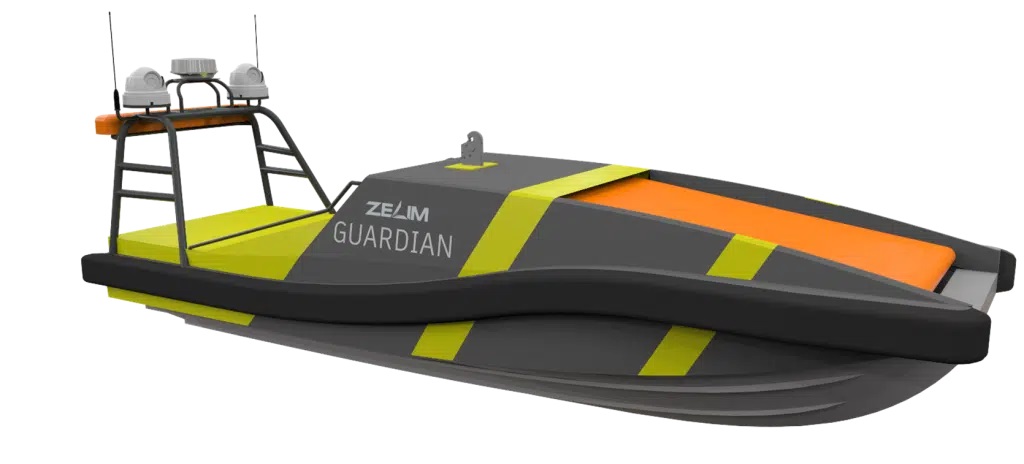Zelim, a little-known firm with headquarters in the UK, has been discreetly attempting to alter how first responders approach maritime rescues since 2020. According to the company’s website they are trying to “make unmanned search and rescue normal.” A YouTube video that goes along with it describes some of the technology it’s creating to make that vision a reality. The Guardian, an autonomous rescue vessel, is one of those options and is getting closer to becoming a reality.
The craft will incorporate the SM300 remote control and command system from Sea Machines, a company that specializes in autonomous and computer vision software for maritime vessels, according to a recent announcement by Zelim. The company claims that the device will enable the Guardian to conduct independent search and rescue missions. Additionally, it will enable first responders to control the vehicle remotely from any command center in the world.
The boat will also have Zelim’s own SARBox technology for locating and tracking sailors and passengers who fall overboard. The Guardian will use Zelim’s Swift solution, a device that resembles a conveyor belt, to remove individuals from the water if the system detects someone.
“This combination of technologies gives the vessel a unique capability and is a global first for the maritime industry,” the company claims.
The Guardian, according to Zelim, will launch from a mothership. The vessel may travel into areas that would typically be regarded too risky for a human crew because it is a totally autonomous craft. By doing so, it would not only lessen the risk to first responders but it might also mean the difference between life and death in situations where time is of the essence. Zelim anticipates undertaking comprehensive sea trials on the Guardian later this year.




